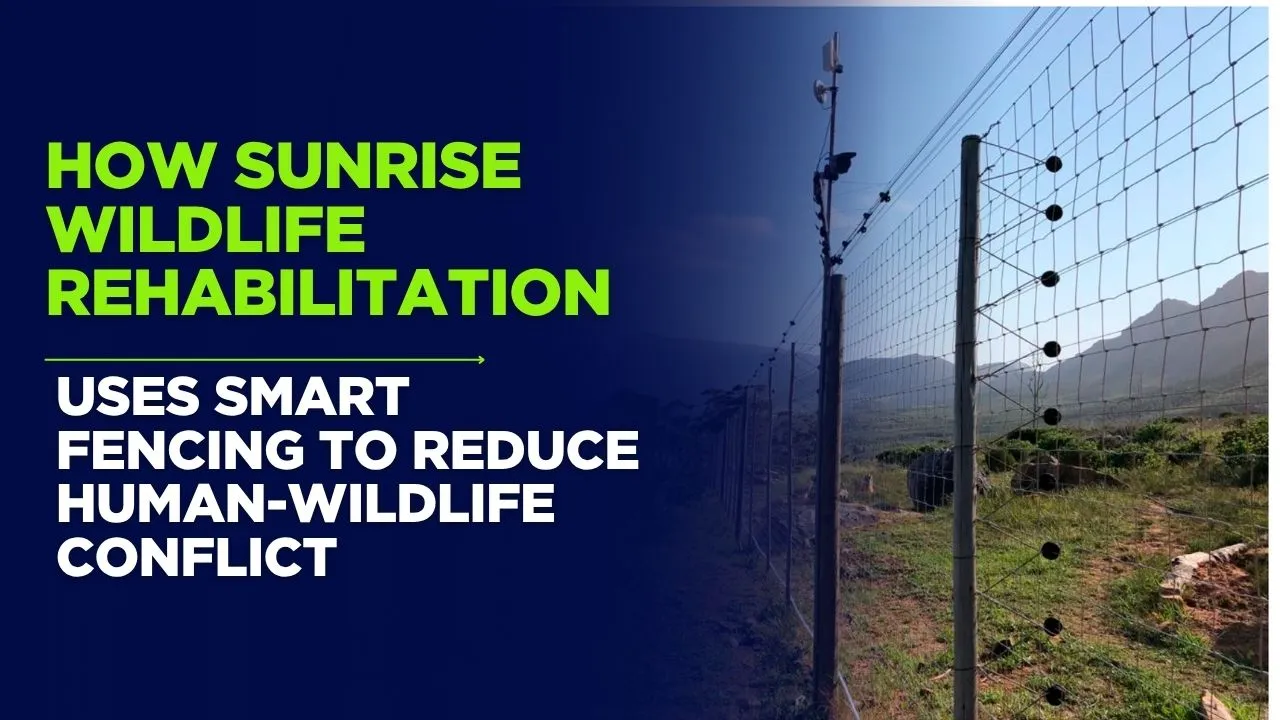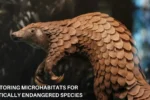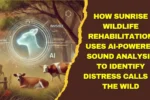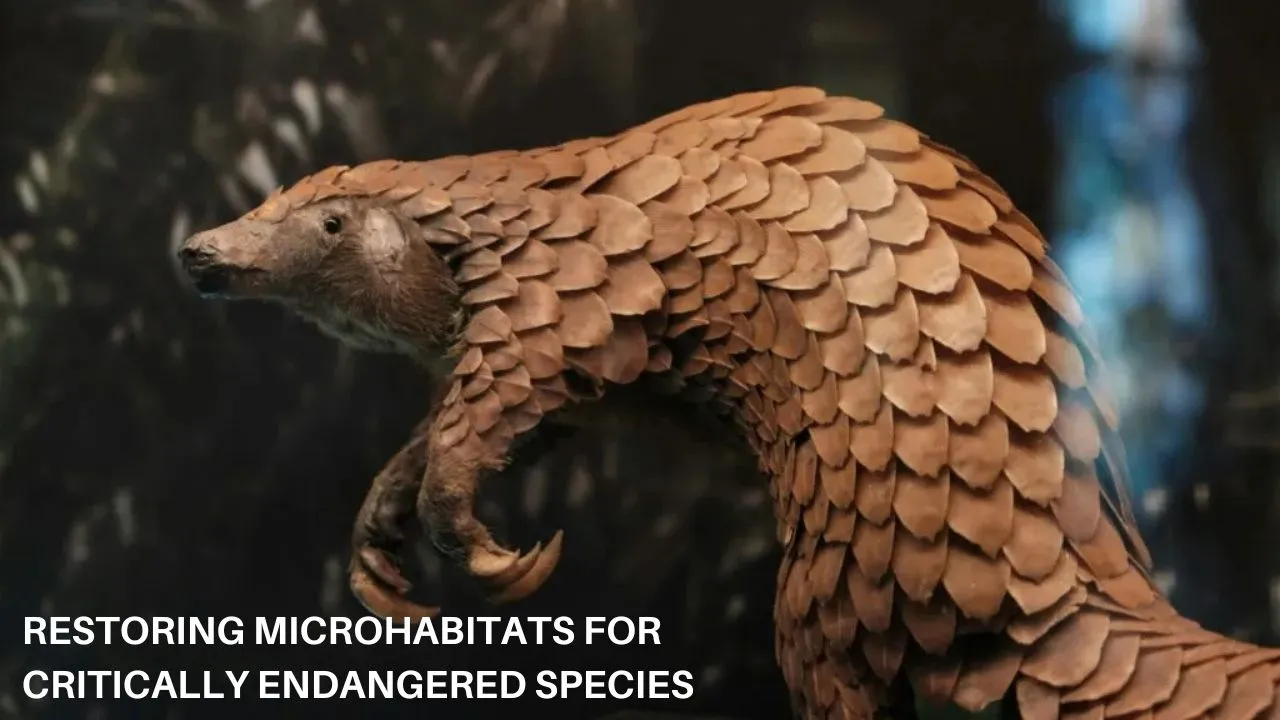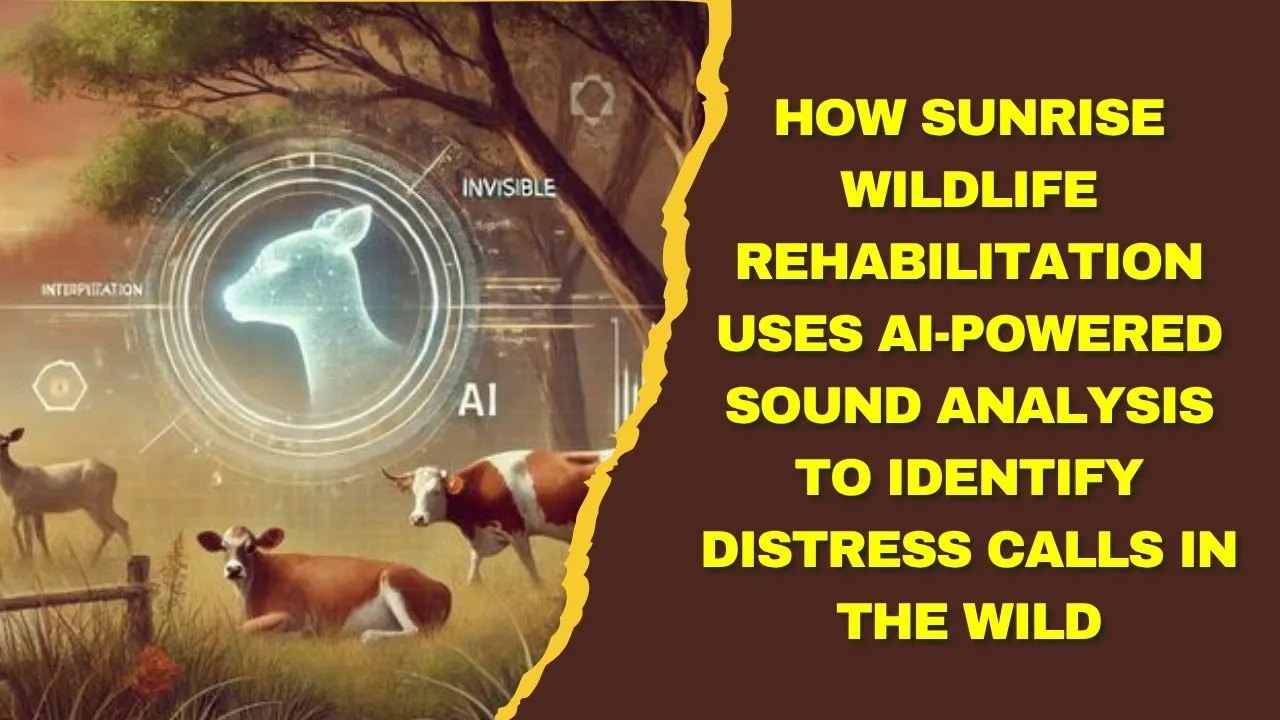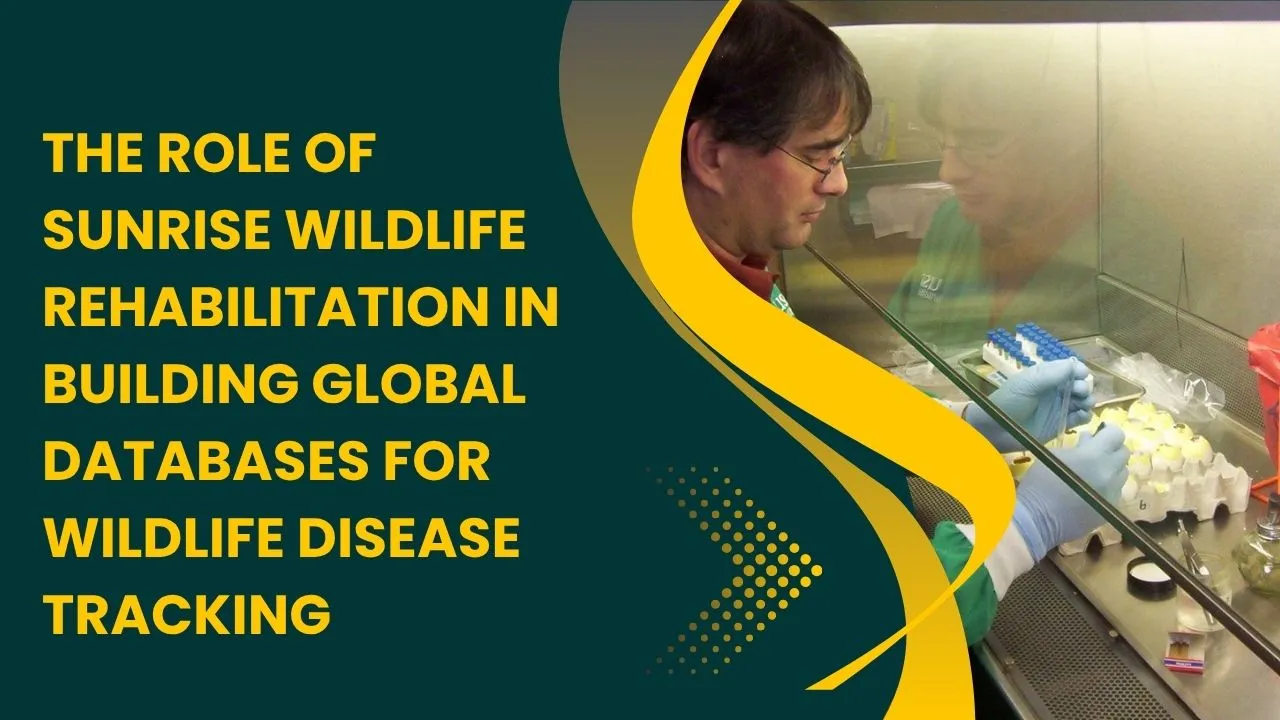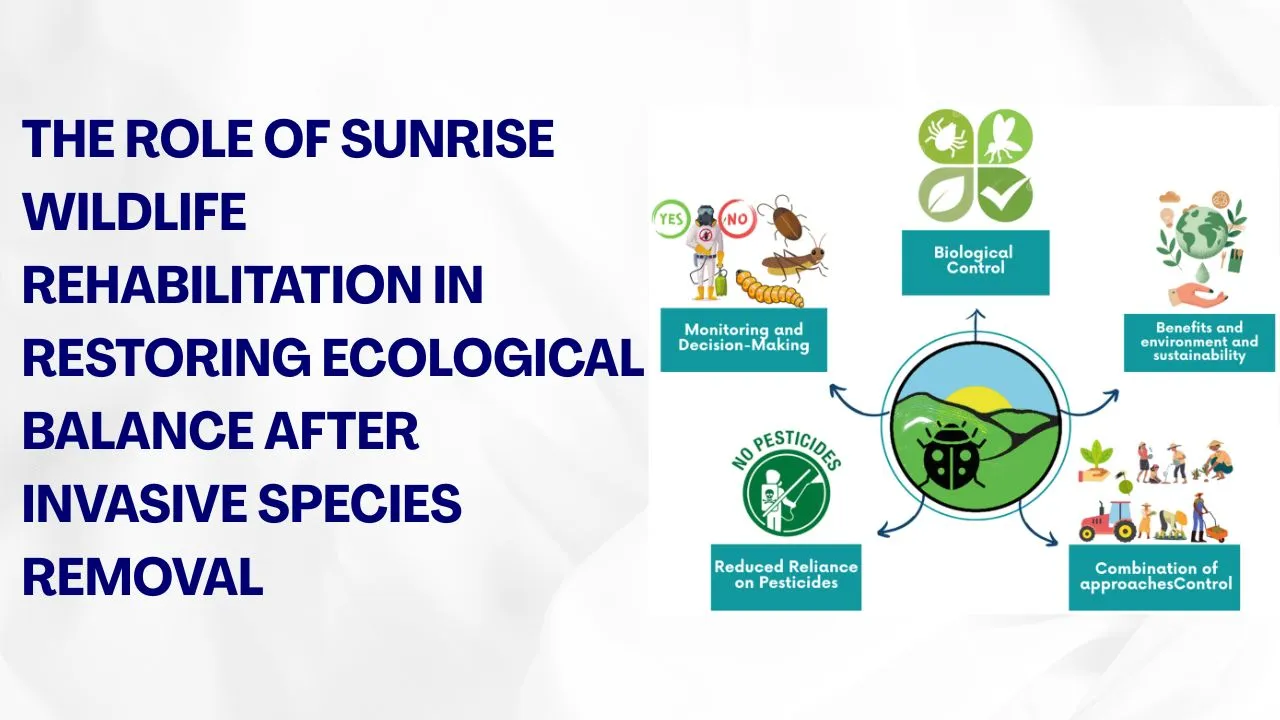Sunrise Wildlife Rehabilitation is redefining how communities and nature can live side by side without harm. As farms expand, towns grow, and roads cut through natural habitats, wild animals often stray into human spaces. The result is damaged crops, livestock loss, and sometimes injury to both people and animals. Old solutions like traps or harmful fences are no longer acceptable in a world that values humane and sustainable wildlife conservation.
This article takes a closer look at how Sunrise Wildlife Rehabilitation is using smart fencing to address the challenge of human-wildlife conflict. We’ll explore how the system works, the role of technology in protecting both sides, and why this approach is not only more effective but also more ethical.
The Role of Sunrise Wildlife Rehabilitation in Preventing Human-Wildlife Conflict Through Smart Fencing
At its core, Sunrise Wildlife Rehabilitation combines innovative technology with community education to keep wildlife and humans safe. Smart fencing systems are a form of animal-friendly solution that use sensors, mild deterrents, and real-time alerts to guide animals away from danger zones without causing harm. These fences are far more than physical barriers — they are part of a wider sustainable wildlife management strategy that includes local involvement, eco-friendly fencing designs, and habitat protection. By introducing these systems in conflict-prone zones, the organization is creating a safer environment for both people and animals, while promoting a model for human-wildlife coexistence that other regions can follow.
How Smart Fencing Works
Smart fencing blends simple physical structures with smart barrier technology. Instead of being a solid wall, the fence is embedded with motion sensors, heat detectors, or cameras that identify approaching wildlife. Once detected, the system triggers non-lethal deterrents — such as flashing lights, mild vibrations, or soft warning sounds — to encourage the animal to turn away.
The key to its success lies in conditioning. Over time, animals learn that crossing the fence is unpleasant but not harmful, and they naturally avoid the area. This is especially effective in rural safety zones where elephants, deer, or wild boar are frequent visitors.
Benefits of Smart Fencing for Wildlife and People
The benefits are both environmental and social. For wildlife, smart fencing prevents injury, reduces stress, and lowers the risk of lethal control methods. For people, it means fewer losses to crops, stored food, and livestock. It also reduces dangerous encounters, keeping both sides safe.
Unlike older barriers, which can disrupt migration paths or harm non-target species, these fences are designed with wildlife conservation principles in mind. They protect farmland without fragmenting natural habitats.
Steps Taken by Sunrise Wildlife Rehabilitation
Sunrise Wildlife Rehabilitation follows a clear process to make sure smart fencing works effectively:
- Assessment of Conflict Zones – Field teams study the movement of wildlife, identifying where and when conflicts occur.
- Installation and Maintenance – Fences are built with durable, weather-resistant materials and are checked regularly for faults.
These steps ensure that each system is adapted to the local environment, increasing its success rate and lifespan.
Community Involvement in Wildlife Protection
No technology works without people. That’s why Sunrise Wildlife Rehabilitation focuses heavily on community involvement. Local farmers and residents are trained to monitor the fences, handle alerts, and report maintenance issues.
Workshops also teach the importance of habitat protection and how coexisting with wildlife can benefit the community in the long term. This shared responsibility makes the project stronger and more sustainable.
Cost and Sustainability of Smart Fencing
While installation costs can be a concern, the long-term savings often outweigh the initial expense. Farmers experience fewer losses, and communities avoid costly conflicts.
To make projects more accessible, Sunrise Wildlife Rehabilitation partners with donors, local authorities, and conservation organizations. Most systems run on solar-powered fencing technology, reducing environmental impact and lowering operational costs over time.
Challenges in Smart Fencing Projects
Challenges still exist. Some animals may find ways around the fence, or extreme weather can damage the system. Remote locations may also face delays in repair and maintenance.
To solve these issues, the team adds backup deterrents, strengthens training programs, and tailors materials to local conditions. By adapting quickly, Sunrise Wildlife Rehabilitation keeps the fences effective year-round.
Future of Human-Wildlife Coexistence
With advancements in conflict prevention technology, future systems may include AI-based animal tracking or drone surveillance to monitor fence lines. Predictive data could even allow interventions before animals approach human settlements.
Sunrise Wildlife Rehabilitation is already exploring these options, aiming to expand its reach and inspire other conservation programs worldwide.
Why Smart Fencing is a Humane Choice
Older conflict-prevention methods often harmed wildlife and caused long-term ecological damage. Smart fencing is different. It acknowledges the need to protect human livelihoods while respecting the role of wildlife in the ecosystem.
By promoting animal-friendly solutions, Sunrise Wildlife Rehabilitation is proving that safety and compassion can work together.
Key Reasons Smart Fencing Works
- Protects crops, livestock, and property without harming animals
- Encourages peaceful, long-term coexistence between communities and wildlife
These benefits make it one of the most promising strategies in sustainable wildlife management today.
Frequently Asked Questions
1. What makes smart fencing different from traditional fences?
Smart fencing uses technology like sensors and alerts to guide animals away, while traditional fences rely solely on physical barriers.
2. Does the system harm animals in any way?
No, it is designed to deter, not injure. Deterrents are mild and temporary, ensuring animal welfare.
3. Can smart fencing be used in all environments?
Yes, but designs may vary depending on the species and terrain.
4. Who pays for the installation of smart fencing?
Funding often comes from partnerships with conservation groups, donors, and local governments.
5. How long does a smart fence last?
With proper maintenance, these systems can function effectively for many years.
Final Thought
Sunrise Wildlife Rehabilitation is showing that human progress and wildlife protection do not have to be opposing forces. Through smart fencing, they have created a model that safeguards farms and communities while giving animals the freedom to live naturally. This approach blends innovation, education, and compassion — a combination that could redefine human-wildlife coexistence across the globe.
If more communities adopt this method, the future will hold fewer conflicts, healthier ecosystems, and a stronger connection between people and the natural world. Share this with others who care about protecting both life and land, and let’s keep the conversation going about smarter, kinder ways to live alongside wildlife.
